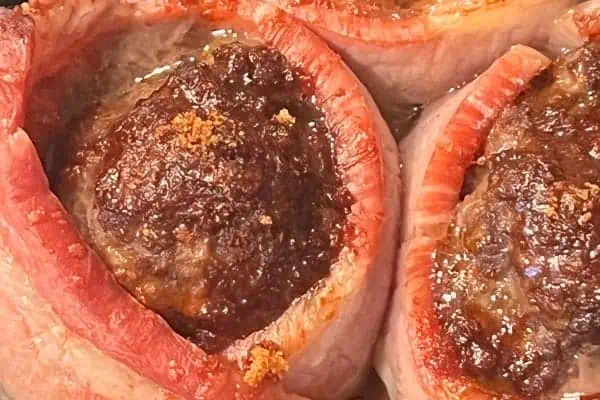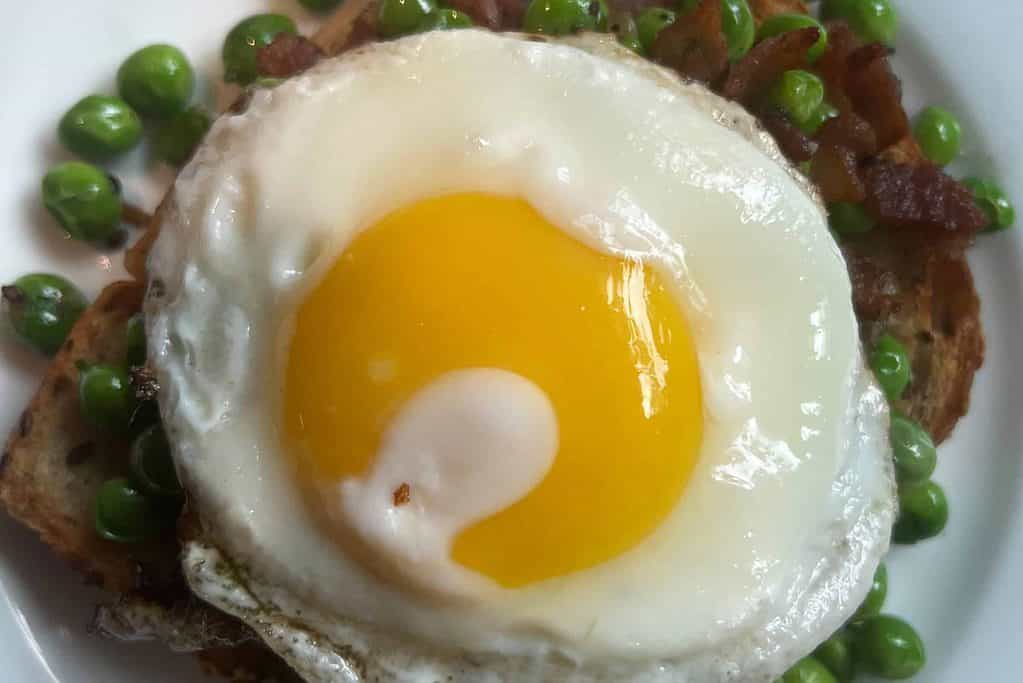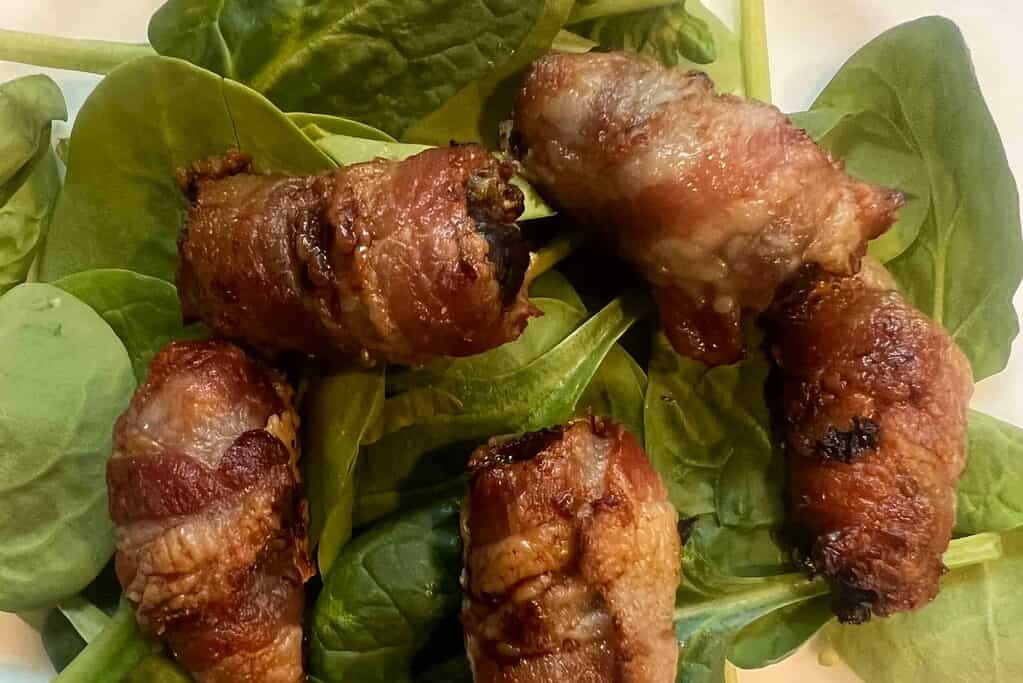The art of charcuterie is a craft that takes years to accomplish.
Charcuterie is basically another word to describe the preservation of meats, primarily pork.
The Romans took this so seriously that they wrote laws explaining all the details, from the slaughter, salting and drying of the meat to the art of dining.
The French in the 15th century took this whole art to the next level, and essentially created most of the products we are familiar with today.
Every country now has their own signature charcuterie that differentiates them from the rest.
Rilletes, prosciutto, brawn, galantine, ham, bacon, salumi, pâté, terrines and even the good old frankfurter are all prime examples. (Tidbit: salumi is Italian for “charcuterie” and the familiar salami is a type of salumi.)
Unfortunately, Canada and the U.S. are horribly behind in the art. Although there are a handful of Canadian charcuterie experts in the country, they are few and far between.
Supermarkets offer mass-produced options, loaded with chemicals and preservatives that not only cause allergies and illness, but are also horrible to eat.
Sourcing your own ethically raised animals and making your own charcuterie is healthier and much tastier. I talked about curing hams in the December 16 issue of What’s Up Yukon but, as you probably know, it’s a bit of an undertaking.
Quick cured bacon chops, on the other hand are ready in 24 hours, and are a great way to dab into the fun of making your own.
Experiment with the spices you like – all are interchangeable – to make your own signature chop.
Once you master this, you will be ready to cure larger joints such as pork belly for bacon, or whole loins for Quebec-style peameal bacon. (More on these later.)
A quick note on wild juniper berries, used in the recipe here. They are poisonous if eaten in large quantities, but not lethal, making them safe to eat.
Some people react to volatile oils such as thujone, which is present in the fleshy part of the berry.
Rosemary is also poisonous if eaten in large quantities, to put it in perspective.
You’re not likely to poison yourself, though, because they’re disgusting to eat by themselves anyway!
Wild Juniper and Sage Cured Bacon Chop
INGREDIENTS
The Meat
4 one-inch thick pork chops, fat cap on
The Cure
50g fine sea salt, or Kosher salt
50g dark brown sugar
1 tsp allspice crushed
1 tsp black pepper
1 tsp coriander seeds crushed
5 bay leaves crumbled
15 wild juniper berries crushed
3 tsp crumbled wild sage (or sub regular sage)
8 sprigs fresh thyme, roughly chopped (optional)
METHOD
Combine all cure ingredients in a food processor and pulse to combine. Or mix well in a bowl, making sure you rub the juniper berries into the salt.
Rub the cure into the chops on all sides and place in a plastic, earthen or glass container. If you use metal, make sure it is stainless steal or it will react with the cure. Leave for 12 hours covered in fridge.
Open lid, and take the chops on the bottom and place them on top, flipping them all over. Leave for another six hours.
Remove the chops and rinse them well with cold water and pat dry with a clean towel.
Leave uncovered on a cooking rack in your fridge for another four hours to dry slightly.
Once dried you can wrap and leave them in your fridge for 5-6 days, or freeze them for up to 10 months to use later.
NOTES
If you’re eating the chops for dinner, allow one per person. I season them with black pepper and serve them with braised sauerkraut, mashed or boiled potatoes and garlicky aioli.
You can also fire them in your smoker or bbq, and glaze with Uncle Berwyn’s birch syrup for some extra love, or pan fry and slice them to go with your eggs for breakfast.
Another nice thing to do is to cut little matchsticks to fry up with some onions and garlic for a salad topping. Or cut them into little cubes and brown them up for sauces or stews.
If you use thin cut chops, cut the curing time in half. If your chops are twice as thick, double the time. Enjoy!




